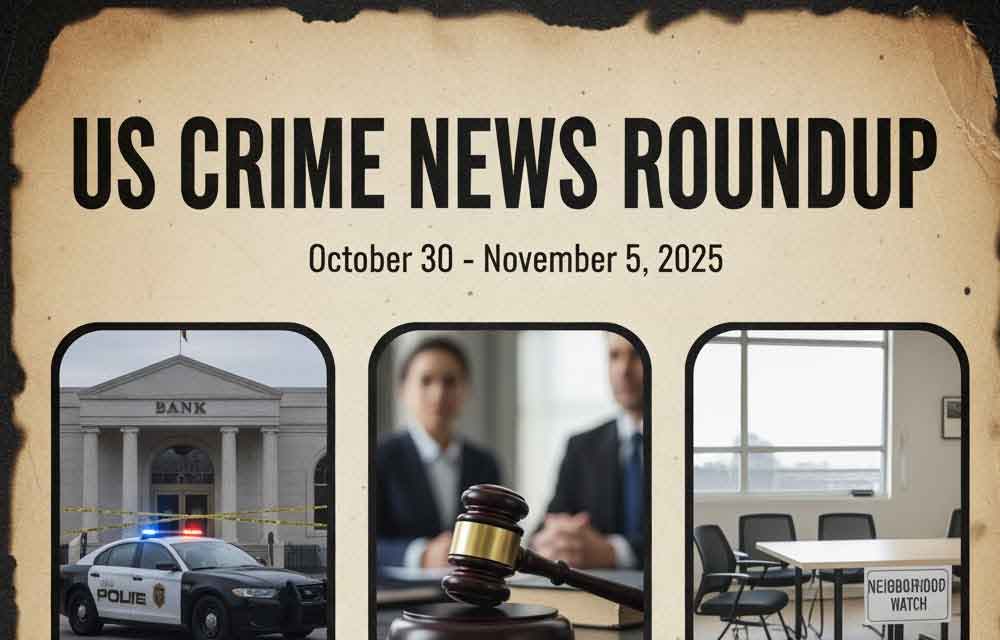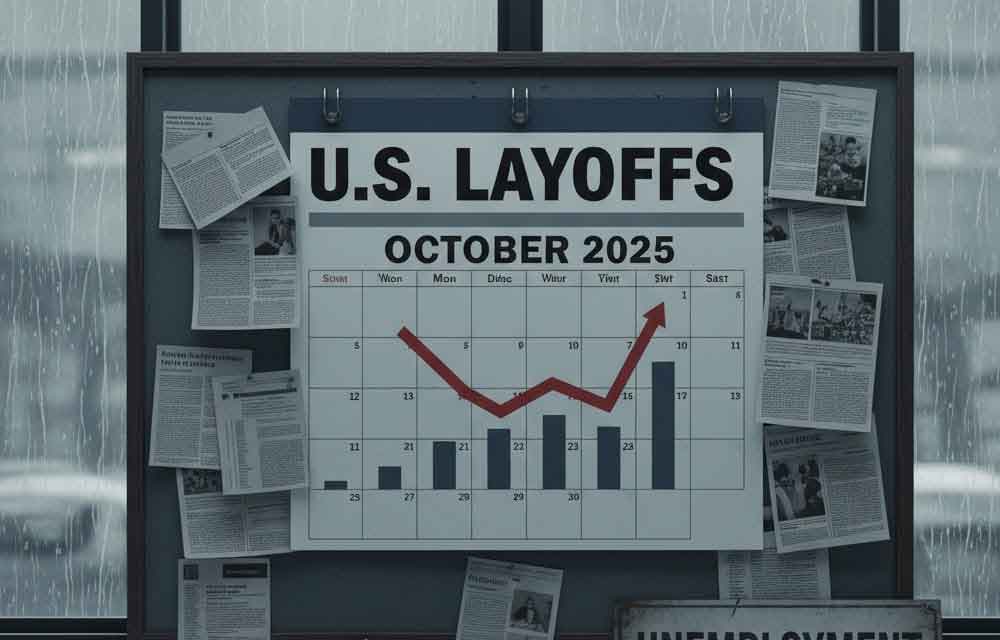Flash Flood and Major Weather Updates for Next Week: July 21-27, 2025

Flash Flood Outlook for the United States
As we head into the week of July 21-27, 2025, several regions across the U.S. are at risk of flash flooding due to persistent weather patterns. Here’s a detailed, SEO-optimized forecast for www.clickusanew.com to keep you informed on major weather updates, focusing on flash flood risks and other significant weather events.
Key Areas at Risk for Flash Flooding
- Gulf Coast (Louisiana, Texas, Mississippi, Alabama): A developing system in the Gulf of Mexico is expected to bring heavy rainfall to the north-central Gulf Coast through at least Saturday, July 26, 2025. The National Weather Service (NWS) warns of 2-5 inches of rain, with some areas potentially seeing higher amounts at rates of 1-2 inches per hour. This could lead to flash flooding, particularly in low-lying and urban areas. Coastal regions, including New Orleans and Houston, should prepare for potential road closures and water rescues.
- Central Plains to Ohio Valley: Widespread showers and thunderstorms are forecast from the Central Plains through the mid-Mississippi Valley, Ohio Valley, and Central Appalachians from Friday, July 18, into the weekend. Saturated soils from recent rains increase the risk of flash flooding, even with moderate rainfall. Cities like St. Louis, Louisville, and Columbus are at heightened risk.
- Northeast and Mid-Atlantic: Following recent flooding events, areas from Pennsylvania to New York and New Jersey remain vulnerable. The NWS indicates a Level 2 of 4 excessive rainfall risk for parts of Pennsylvania, eastern Ohio, and northern West Virginia through Thursday, July 24. Urban areas like Pittsburgh and New York City could see localized flooding if storms linger.
Major Weather Updates
- Dangerous Heat: Extreme heat is expected to persist from the Lower Mississippi Valley to the Mid-Atlantic, with heat indices potentially exceeding 100°F. This could exacerbate flood recovery efforts by increasing heat stress for residents and rescue crews. Stay hydrated and avoid outdoor activities during peak heat hours.
- Tropical Activity: The National Hurricane Center notes a potential for tropical cyclone development in the Gulf, which could intensify rainfall and flash flood risks along the Southeast U.S. coast and Florida Peninsula. Monitor updates from the NWS and local authorities for evacuation or preparedness advisories.
- Drier Conditions Mid-Week: By mid-week (July 23-24), the NWS forecasts drier and hotter conditions in parts of Central Texas, providing a brief respite from flood risks. However, saturated ground means even light rain could trigger minor flooding.
Safety Tips for Flash Flood Preparedness
- Avoid Flooded Areas: Never drive or walk through flooded roads. Just 6 inches of moving water can sweep you away, and 12 inches can float a vehicle.
- Stay Informed: Monitor NWS alerts and local news for real-time updates. Sign up for emergency alerts on your mobile device.
- Prepare an Emergency Kit: Include water, non-perishable food, flashlights, and first-aid supplies in case of evacuation or power outages.
- Seek Higher Ground: If you live in a flood-prone area, be ready to move to higher ground quickly, especially in regions like Texas’ Hill Country, known as “Flash Flood Alley.”
Recent Context: Texas Flooding Aftermath
Central Texas, particularly Kerr County, is still reeling from catastrophic flooding that began on July 4, 2025, claiming over 130 lives, including 36 children. The Guadalupe River surged dramatically, with some areas seeing water levels rise 20-26 feet in under 90 minutes. Rescue efforts continue, but heavy rain on July 13 halted searches due to renewed flooding risks. This underscores the ongoing vulnerability of the region, where even small amounts of rain can exacerbate hazards due to saturated soils.
Why It Matters
Flash floods remain the deadliest weather hazard in the U.S., second only to heat, with an average of 113 deaths annually over the past decade. The combination of summer heat, moist air, and slow-moving storms creates ideal conditions for rapid flooding, especially in urban areas and regions with burn scars or steep terrain.
Stay tuned to www.clickusanew.com for the latest weather updates, safety tips, and breaking news on flash floods and other major weather events across the U.S. Follow local authorities and the NWS for real-time alerts to keep you and your family safe.













